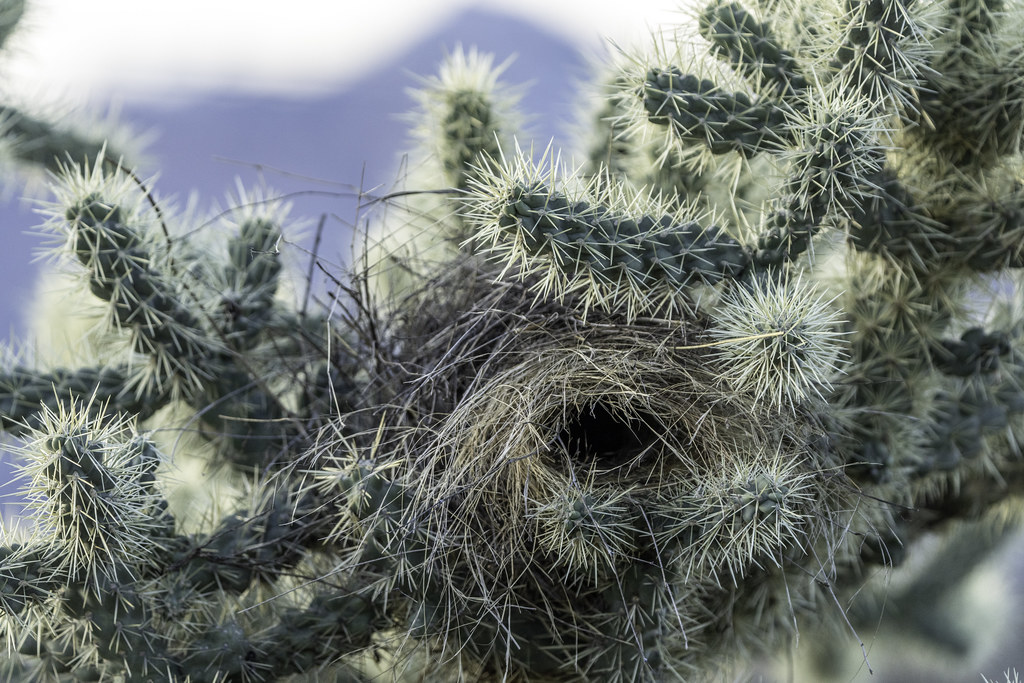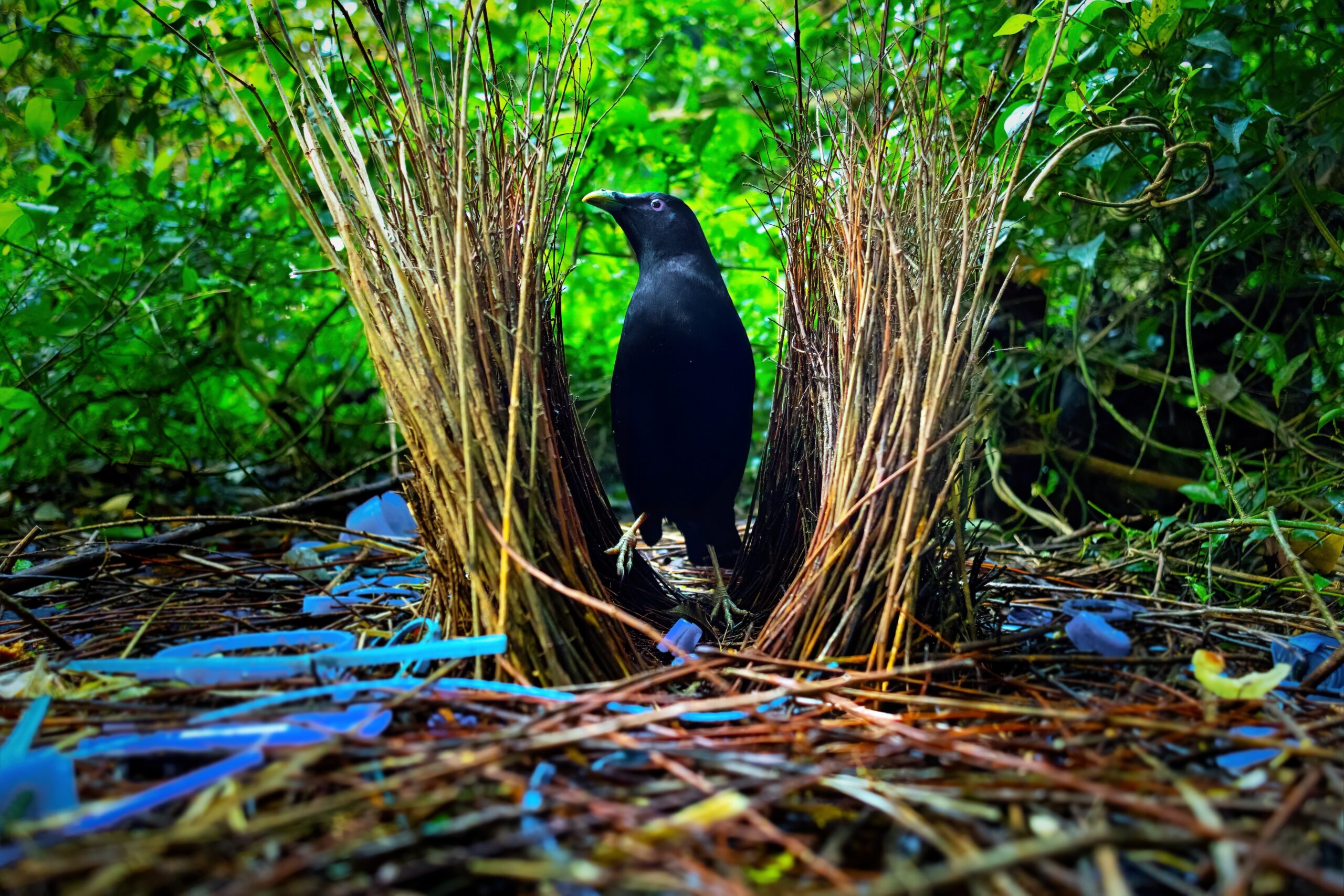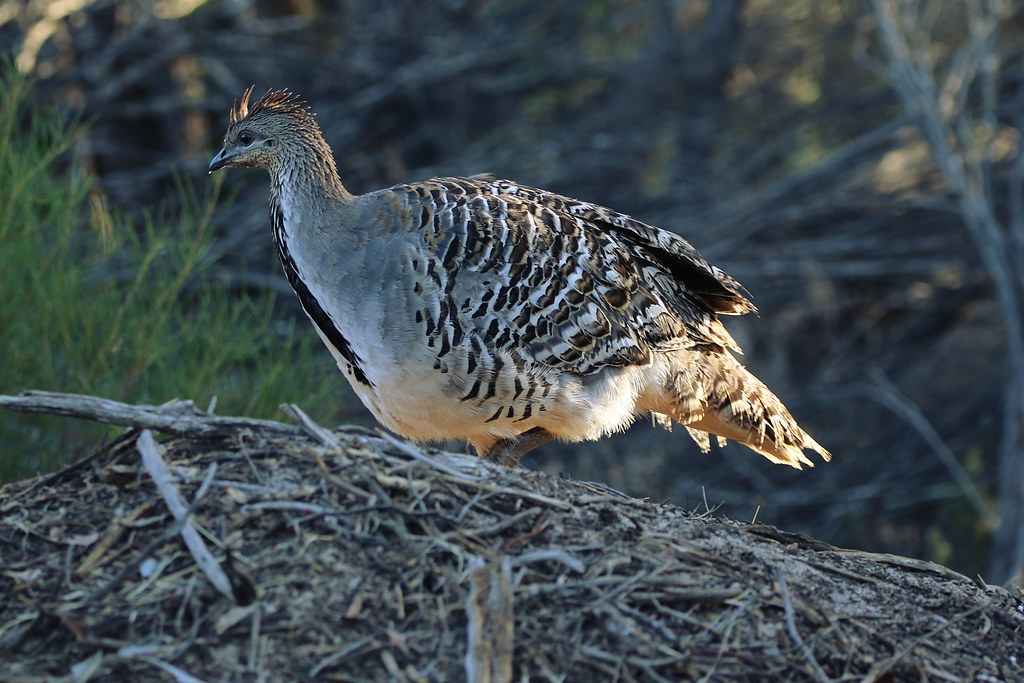Birds are nature’s master architects, crafting nests that range from the simple to the astonishingly complex. Some species have developed nesting habits so unique and unexpected that they’ve left scientists both baffled and fascinated. Let’s explore seven such remarkable nesting behaviors that turn the ordinary into the extraordinary.
The Sociable Weaver’s Communal Skyscrapers
In the arid landscapes of Southern Africa, the sociable weaver constructs massive communal nests that resemble haystacks suspended in trees or on utility poles. These structures can house hundreds of birds across generations, with some nests lasting over a century. The nests are ingeniously designed to regulate temperature extremes, providing cool retreats during scorching days and warmth on chilly nights. Their durability and size make them some of the most impressive avian constructions known.
The Edible-Nest Swiftlet’s Culinary Creations
Native to Southeast Asia, the edible-nest swiftlet crafts its nest entirely from its own hardened saliva, attaching it to cave walls. These nests are highly prized in Chinese cuisine, forming the main ingredient in bird’s nest soup—a delicacy that can fetch thousands of dollars per kilogram. The swiftlet’s unique nesting material has made it both a marvel of nature and a sought-after commodity.
The Tailorbird’s Leafy Sewing Skills
The common tailorbird, found in tropical Asia, exhibits remarkable craftsmanship by sewing leaves together to create its nest. Using its beak as a needle, it stitches leaves with spider silk or plant fibers, forming a secure, hidden cradle for its eggs. This intricate behavior not only showcases the bird’s adaptability but also provides excellent camouflage against predators.
The Cactus Wren’s Thorny Abode

In the deserts of the southwestern United States and Mexico, the cactus wren builds its nest among the spiny arms of cacti like the cholla or saguaro. The thorny environment offers protection from predators, while the wren’s dome-shaped nest, complete with a side entrance, shields its young from the harsh desert climate. This strategic choice of nesting site highlights the bird’s resourcefulness in a challenging habitat.
The Bowerbird’s Artistic Courtship Displays

Male bowerbirds, native to Australia and New Guinea, construct elaborate structures called bowers to attract mates. These aren’t nests for raising young but intricate display arenas adorned with colorful objects like berries, shells, and even human-made items. The males meticulously arrange these items, often color-coordinating them, to impress potential mates with their aesthetic sense and building prowess.
The Malleefowl’s Natural Incubators

The Australian malleefowl takes a unique approach to incubation by building massive mounds of decomposing vegetation and soil. The heat generated from the decaying material naturally incubates the eggs buried within. The male diligently monitors the mound’s temperature, adding or removing material to maintain optimal conditions, showcasing a remarkable example of avian engineering.
The Cuckoo’s Deceptive Parenting
Cuckoos are infamous for their brood parasitism, laying eggs in the nests of other bird species. The unsuspecting host birds then raise the cuckoo chicks, often at the expense of their own offspring. This strategy allows cuckoos to forgo the energy-intensive process of rearing young, relying instead on the unwitting care of others.
These extraordinary nesting habits highlight the incredible diversity and ingenuity of bird species worldwide. From communal living to deceptive practices, birds continue to surprise and inspire with their resourceful approaches to reproduction and survival.
